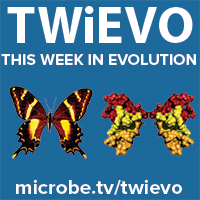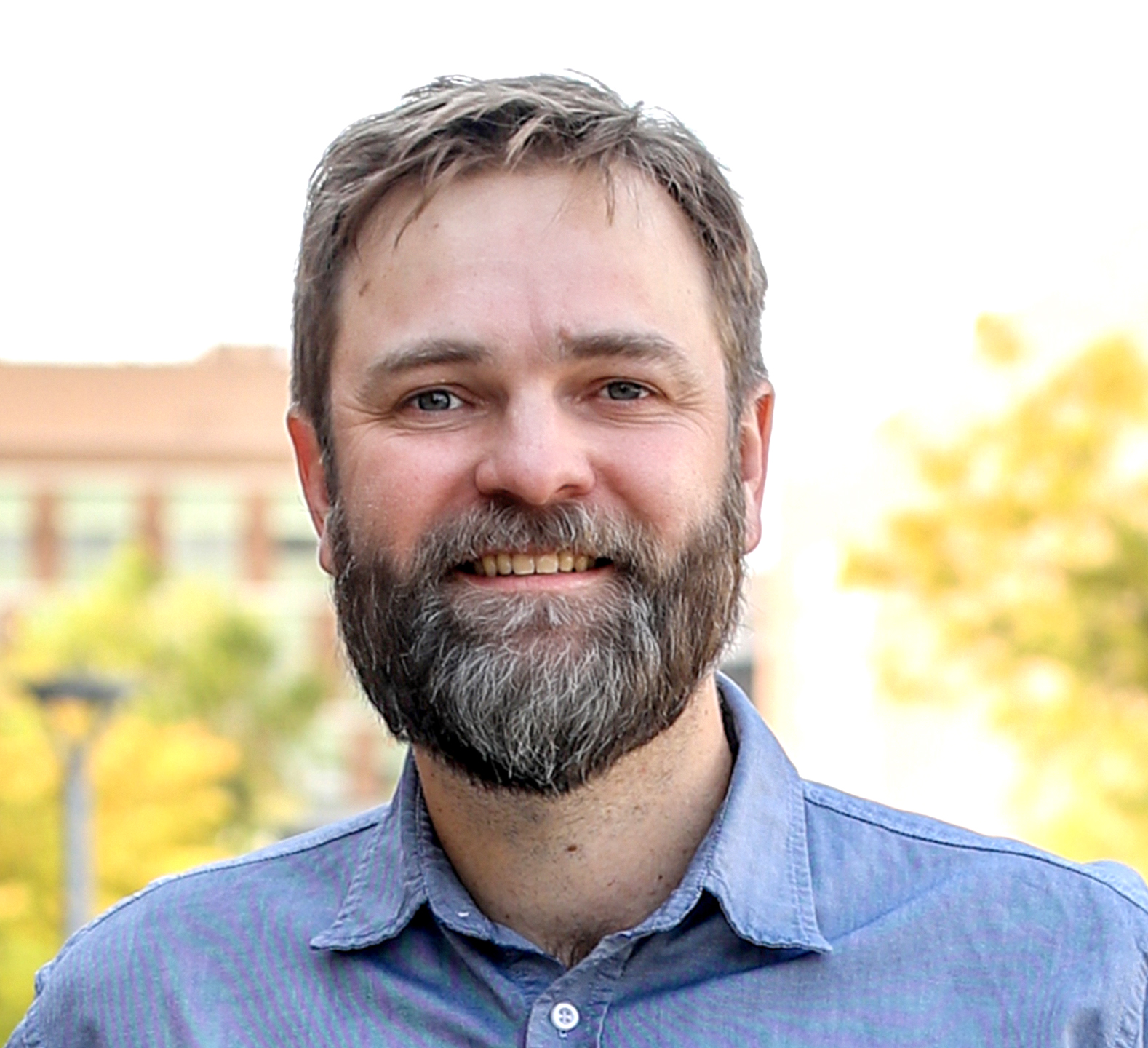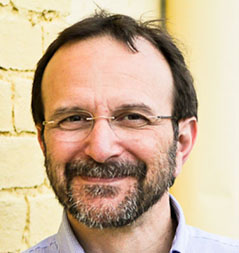Nels and Vincent reveal a new choanoflagellate that forms multicellular cup shaped colonies that respond to light to alternate between feeding and swimming behavior.
Nels and Vincent trace the origins of Saccharomyces cerevisiae strains used to make beer, and find that ales and lagers are made with yeasts that were derived from those used to make European grape wine and Asian rice wine.
Nels and Vincent analyze the genomes of canine transmissible tumors to provide insight into the worldwide spread of the disease from its origin in a single dog 4000-8500 years ago, and its diversity, mutation, and evolution.
At ASM Microbe in San Francisco, Nels and Vincent meet up with Talia Karasov who reveals that in contrast to agriculture, wild plants are colonized by multiple lineages of pathogenic bacteria.
At ASM Microbe in San Francisco, Nels and Vincent meet up with Paul Turner to talk about evolutionary considerations in using bacteriophages to treat infections with antibiotic-resistant bacteria.
Dustin Rubinstein joins Nels and Vincent to discuss coevolution of genome architecture and social behavior, and studying social transitions in sponge-dwelling snapping shrimp.
Nels and Vincent review the contribution of multiple Denisovan lineages to the modern Papuan genome.
Nels and Vincent explore the evolution of new protein-coding genes de novo from nocoding DNA sequences, using the antifreeze protein of northern codfish as a model.
Nels and Vincent move back to reproductive isolation – this time, pre-zygotic, in the charismatic orchid bee where the males make chemically distinct perfumes to attract mates of the same species.
Nels and Vincent look at the intracellular bacteria Legionella from an evolutionary perspective: the role of gene acquisition and reshuffling from plants, animals, fungi, and archaea in the emergence of human pathogens.



